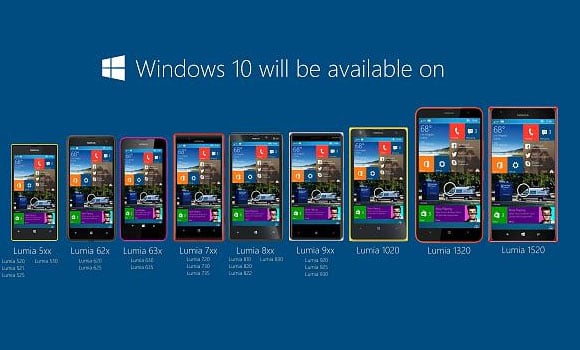Microsoft Grabs Reigns On Windows 10 Mobile Updates, Carriers Take Back Seat
One of the most frustrating realities in mobile is knowing that once a new OS gets released, you may or may not receive it. This isn't a problem with iOS, as Apple has tight control over its own ecosystem, but Android and Windows Phone users routinely go without their updates, largely due to carriers that couldn't care less about putting in the effort. This helps explain why seven months out, Android 5.0 is found on a mere 9% of active Android devices.
On the Windows side, ZDNet notes some good examples. Despite the fact that Lumia Denim came out in December, the update still hasn't hit AT&T's Lumia 830 or T-Mobile's Lumia 635.

As frustrating as this is for owners of these devices with outdated OSes, there is some light at the end of the tunnel. Microsoft once said that it'd be the one handling updates for its supported devices, but it never lived up to that promise. With Windows 10, things are changing. Hidden in an update that came out of Microsoft's Ignite conference a couple of weeks ago is this tidbit: "And today, we're announcing this continuous update process applies to all Windows 10 devices, including phones."
ZDNet reached out to Microsoft and was able to confirm that this is accurate. Better still, that applies to both regular consumers and business alike.
Unfortunately, none of this means that every recent Windows phone is going to be treated to Windows 10. While Microsoft can keep things up-to-date once Windows 10 Mobile is installed, it's going to initially be up to the carriers to get the OS update out in the first place. We can hope that not many devices will be left behind, and that it won't take half a year after Windows 10's release to see it hit most recent devices.

